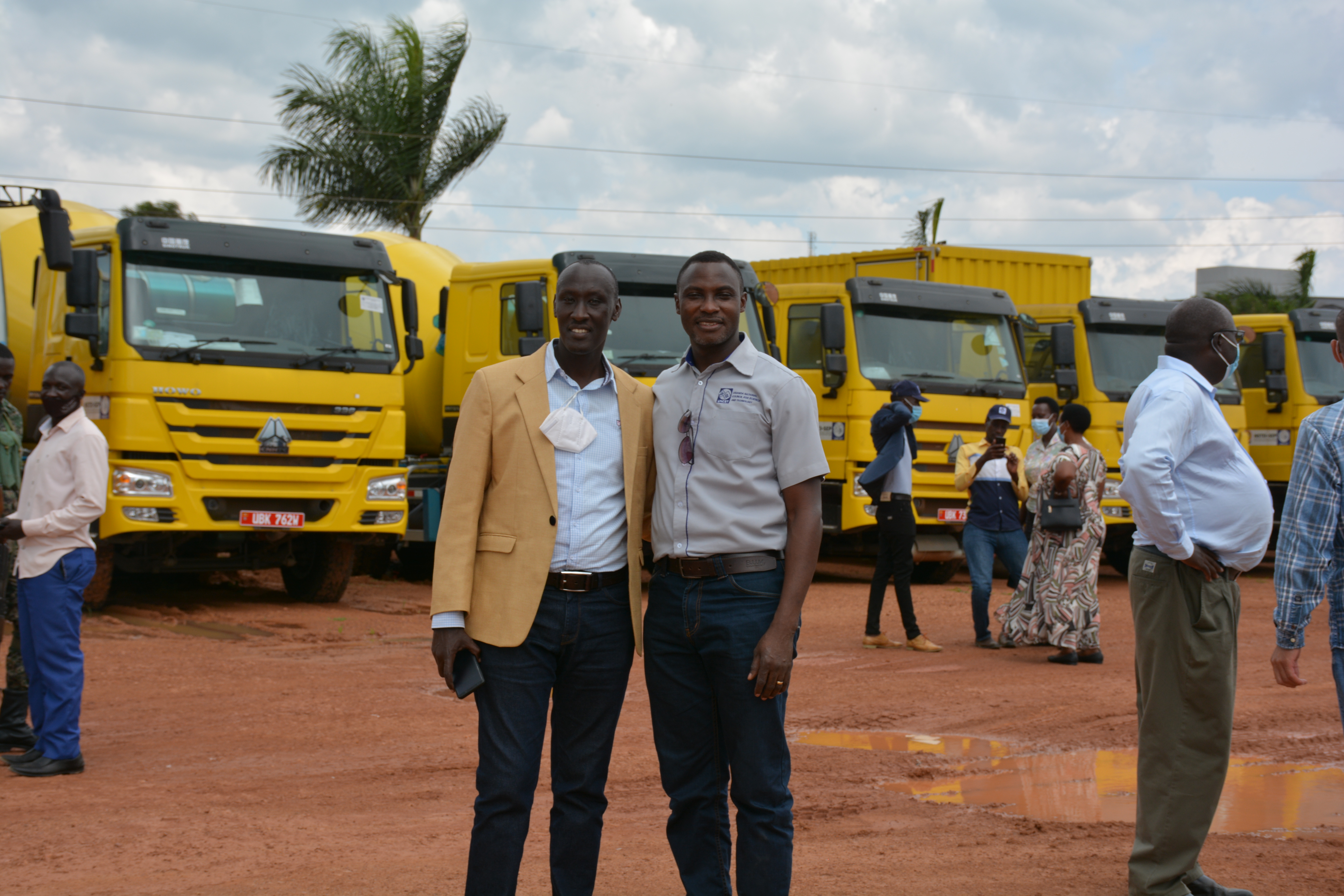

Introduction
The government of Uganda through the Uganda National Council for Science and Technology and with support from the People’s Republic of China (PRC) is implementing the National Science, Technology, Engineering and Innovation Skills Enhancement Project (NSTEI-SEP) to enhance the technological and skill base of Ugandans to participate in strategic national infrastructural projects and manufacturing industries.
This investment is in line with Vision 2040 agenda of setting up science and technology parks, engineering centers, technology, and business incubation centers that meet international standards, and in an effort to enhance the technological and skill base of the Ugandan youth who are out of school, graduates, craftsmen, technicians, and engineers to participate in strategic national infrastructural projects and manufacturing industries.
The project is establishing the following:
The construction works at both sites are being undertaken by AVIC –INTL Project Engineering Company.
Project Objectives
The NDP III underlines the criticality of the promotion of Science, Technology, Engineering and Innovation as enablers for science-led growth and all these objectives are in line with the key development strategies (14) and (15) of the NDP III; enhance skills and vocational development and promote science, technology, engineering and innovation as well as ICT.
Expected Outcomes
The expected outcomes of the project that will provide for technological innovation and absorption are;
Annually, this project will help over 1,500 people particularly the youth learn skills in priority sectors, including manufacturing, construction, and services for formal employment. It will improve the overall ecosystem of skills development in Uganda by providing integrated services through a science entrepreneurship incubation centre, a career counselling and placement centre, and education technology deployment center. These important functions of NSTEIC and TIBIC will support a network of government technical institutes and develop skills and capacity of polytechnics, engineering, and private skilling centers.
Implementation progress
The Project is implemented in alignment with the Uganda Vision 2040, based on faster, sustainable, and inclusive growth. It emphasizes increasing the supply of highly-skilled workers to drive the economy, as well as helping nascent engineering majors catch up with the relatively more advanced ones in the country.
Civil works
The TIBIC and NSTEIC sites were handed over to the contractor on 26th February 2021 and 30th March 2021 respectively. Subsequently, the contractor completed all preliminary works and construction commenced mid-March and May for TIBIC and NSTEIC respectively. Completion timelines for the TIBIC and NSTEIC are September 2022 and May 2023 respectively
UNCST through the project management team engaged a Supervision Consultant, M/s Imparqt Associates as the project manager for the civil works under the Project. At onset, monthly progress meetings and site visits were planned to be conducted with the project owner, project manager/supervision consultant and contractor, to review progress of civil works, discuss challenges and propose mitigation measures, inspect construction and approve materials for each.
Equipment Supply
A total of 104 units (representing 34%) of engineering machinery under the first batch of engineering machinery equipment was delivered and are under the stewardship of the Project Contractor.
Project Administration
In order to ensure a smooth transition from the construction (civil works) to the retooling phase, the project management team is undertaking the following strategic activities toward the operationalization of the proposed project centers;